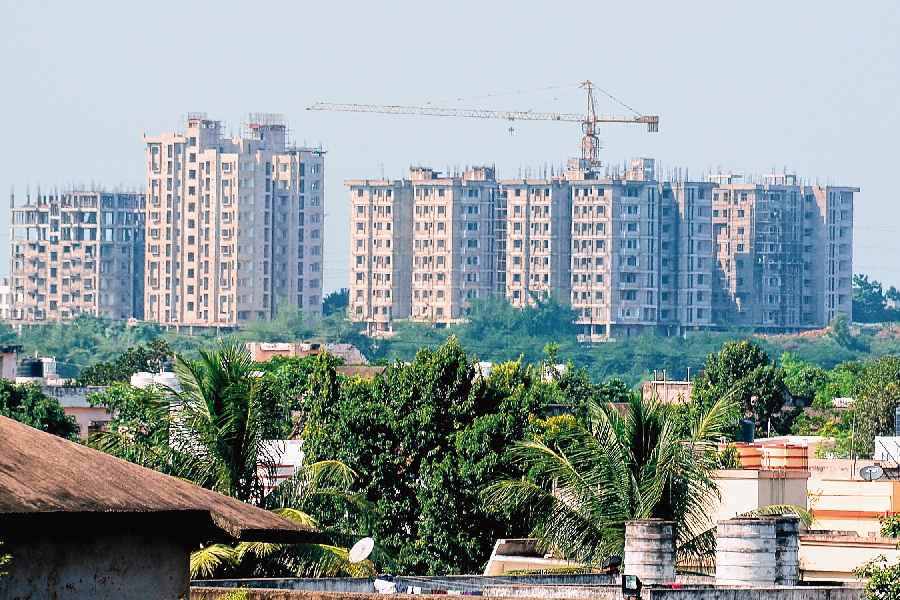The Narendra Modi government has proposed to launch a welfare scheme ‘housing for the middle class’ to aid those who do not own a property to ‘buy or build’ their own house.
In the interim budget presented by the Union finance minister Nirmala Sitharaman on Thursday, the initial outline of the scheme was announced even as no financial allocations were made.
“Our government will launch a scheme to help deserving sections of the middle class living in rented houses, or slums, or chawls and unauthorised colonies to buy or build their own houses,” the FM said in her speech.
The scheme, experts say, can have long-term ramifications, especially for cities and metropolises of India where swanky high-rises jostle with slums and colonies. Some states have approached the issue of slum re-development cautiously given the sensitive nature attached to it.
In some re-development models, the occupiers are provided with modern pucca apartments in vertical structures. In the process, a large tract of land, occupied by low-rise shanties, is freed up for further commercial real estate activities.
One such re-development is now unfolding in Mumbai, where Asia’s largest slum Dharavi, is being transformed by the Adani group.
“The proposed boost to housing for the middle-class living in sub-par accommodation is also a welcome inclusion. We look forward to the details of this as we expect
this to have great long-term ramifications,” Shishir Baijal, chairman and managing
director of Knight Frank India, said.
Awas Yojana
While the scheme for the middle-class section is likely to be unveiled post-election, the finance minister made a large commitment to PM Awas Yojana (rural), one of the
flagship welfare schemes of the Modi era.
Sitharaman proposed that the government would back building another two crore houses in the next five years, exuding confidence about returning to power for the third term. “Despite the challenges due to Covid, implementation of PM Awas Yojana (Grameen) continued and we are close to achieving the target of three crore houses. Two crore more houses will be taken up in the next five years to meet requirements arising from an increase in the number of families.”
According to Vishal Hakani, partner of Deloitte India, the implementation of housing at such a scale would boost the rural economy by generating increased economic activity, wages, and jobs.
“Increased spending in this area will also stimulate the demand for construction materials like cement, iron, bricks etc, thereby benefiting related industries,” Hakani noted.
While housing was in focus, a section of the real estate industry was disappointed that no specific scheme was announced to boost consumption.
“We needed some sop on taxes and reduced home loan rates to encourage middle-class home buyers. There was no further tax benefit for the common man either, which could have put some extra money in their kitty,” Sushil Mohta, president of Credai, Bengal said, adding that he hoped the suggestions of the real estate industry would be considered in the full budget in July.











